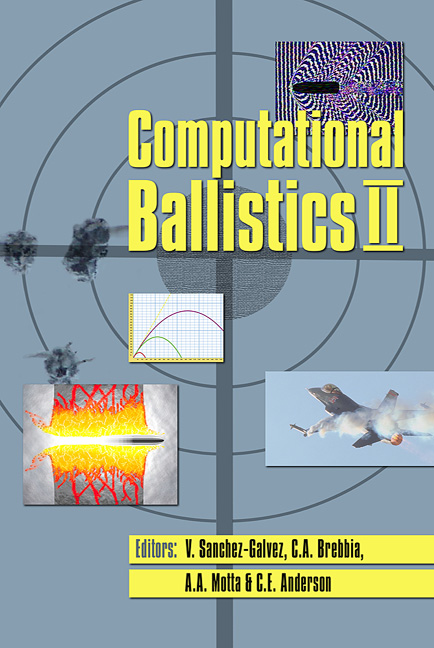Numerical Analysis Of The Interactive Behavior Of Concrete Structures Under Explosive Loading
Price
Free (open access)
Transaction
Volume
40
Pages
10
Published
2005
Size
882 kb
Paper DOI
10.2495/CBAL050131
Copyright
WIT Press
Author(s)
M. Beppu, M. Katayama, M. Itoh, T. Ohno & T. Krauthammer
Abstract
This study presents numerical simulations of dynamic fractures of two concrete structures subjected to explosive loading using the hydrocode AUTODYN. In the analytical model, the Euler-Lagrange Coupling method was employed. First, a method to predict the propagation of a blast wave from inside to outside of an arch was proposed. Next, the failure behavior of an actual large tunnel structure with inner steel liner was simulated. Results from the analysis demonstrated that complicated physical systems could be simulated with appropriate computer codes, numerical modeling, and materials. Keywords: AUTODYN, concrete structure, explosive loading. 1 Introduction In order to evaluate the safety of structures and facilities against explosion incidents, it is necessary to establish a method to predict structural failure under explosive loading. However, it is not easy to account for the interaction between the blast wave and structures in the numerical model. This study presents numerical simulations of dynamic responses of two concrete structures subjected to explosive loading using the hydrocode AUTODYN. In the analytical model, the Euler-Lagrange Coupling method was employed. Air and the explosive TNT were modeled by the Eulerian method. Concrete structures were modeled by the Lagrangian method. The Mohr-Coulomb failure criterion and a newly proposed failure criterion were used for the concrete material for each structures. The
Keywords
AUTODYN, concrete structure, explosive loading.




